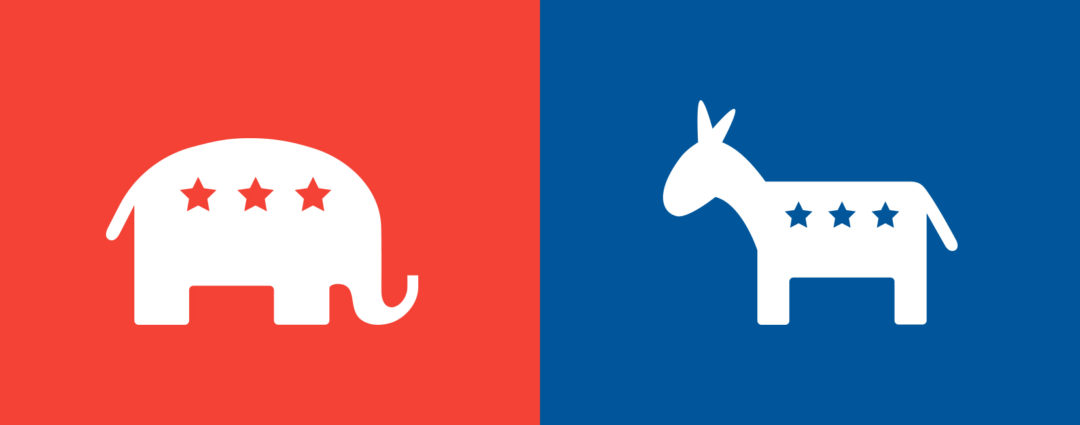Let's take a look at those numbers in the chart at the link you and 'Faun' provided.
We'll do the number shown in December of year elected to December of last year in office. Though there are some years of declines in jobs, usually a year or few later we see the uptrend again.
Bush 41...... +2 1/2 million Jan. 1989: 107,161 - Dec. 1992: 109,500 = 2,339 (close)
Clinton....... +23 million Dec. 1992: 109,500 - Dec. 2000: 132,718 = 23,218 (close)
Bush 43...... +1 1/2 million Dec. 2000: 132,718 - Dec. 2008: 134,848 = 2,130 (a bit off )
Obama....... +11 1/2 million Dec. 2008: 134,848 - Dec. 2016: 145,410 = 10,865 (a bit off, again)
Trump ........ -2 1/2 million Dec. 2016: 145,410 - Dec. 2020: 142,518 = 2,892 (a bit off)
Biden .......... +15 1/2 million Dec. 2020: 142,518 - June 2024: 158,609 = 16,518 (close, and better)

